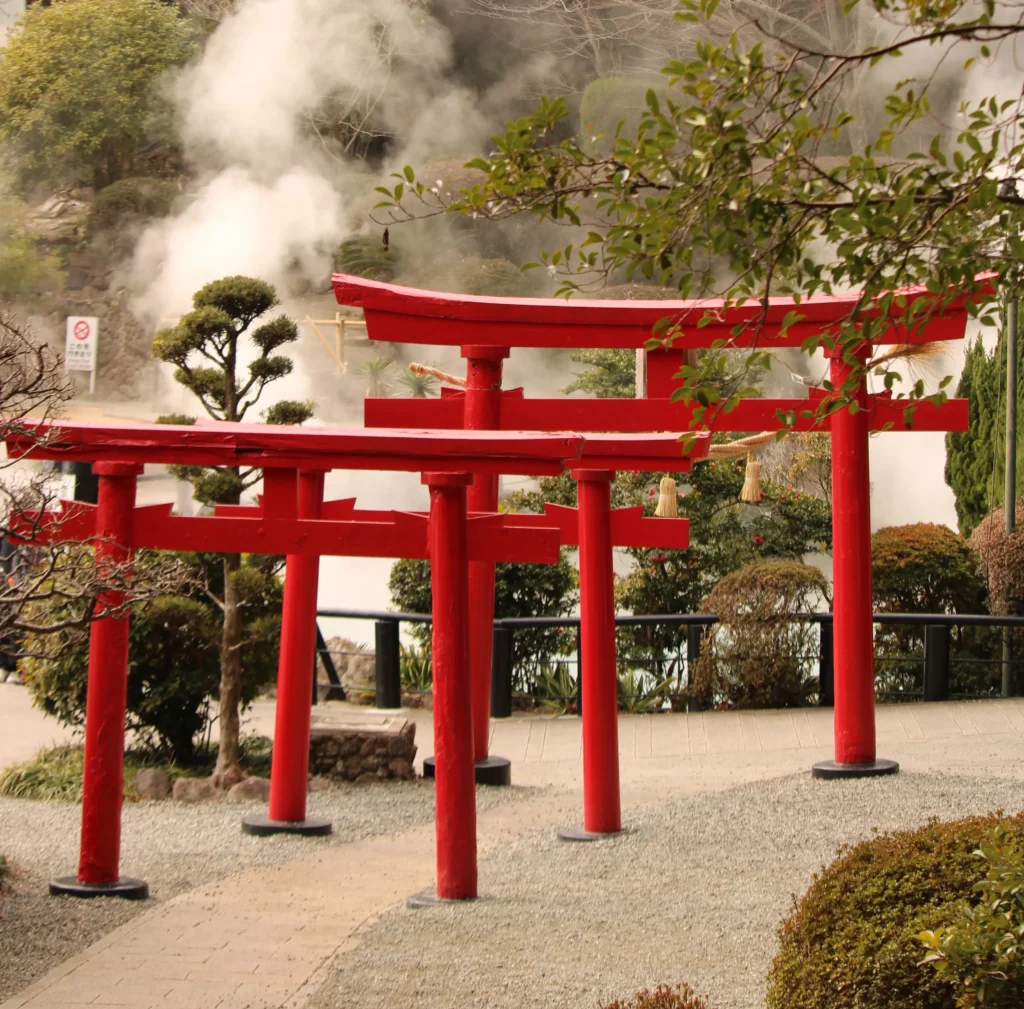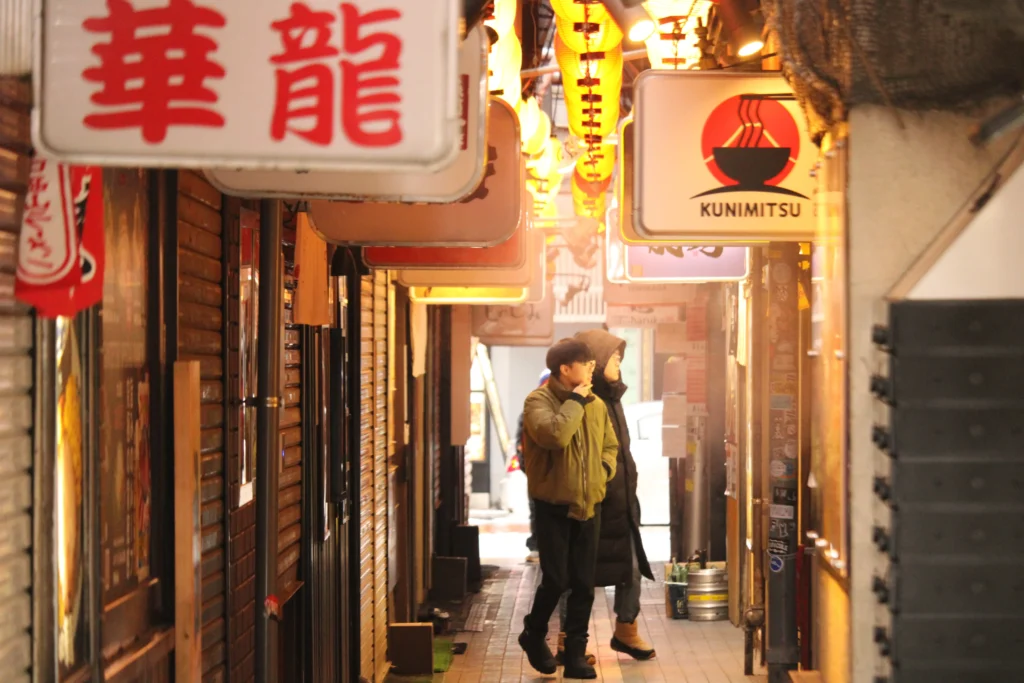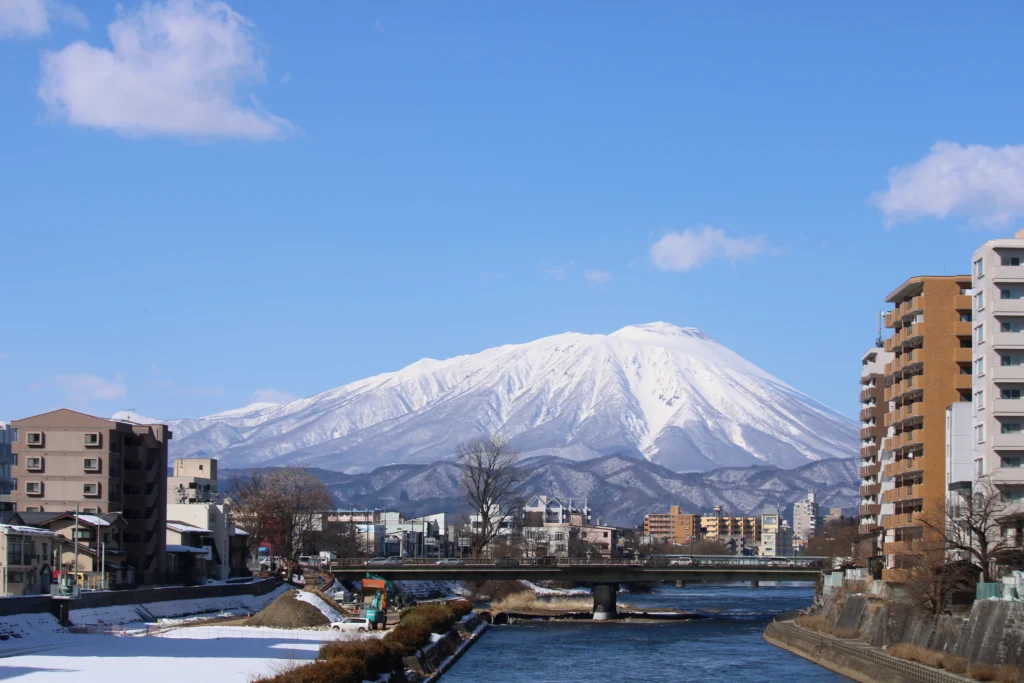
Planning a trip to Japan from Spain? In this updated 2025 guide, we explain everything you need to know to organize your journey easily and safely.
Do I need a visa to travel to Japan?
Spanish citizens do not need a tourist visa for stays of up to 90 days in Japan.
🛂 Entry Requirements for Spanish Citizens
- Valid passport (minimum 6 months validity)
- Outbound ticket (proof of departure from the country)
- Confirmed accommodation
- Japan customs registration (digital or paper form to be completed before entry)
If you are planning a longer stay or traveling for work or study purposes, you will need to apply for a specific visa at the Embassy of Japan in Madrid.
How can I fly from Spain to Japan?
In 2025, traveling from Spain to Japan is more accessible thanks to the direct flight operated by Iberia between Madrid and Tokyo (Narita). There are three flights per week, with a duration of 14 to 16 hours depending on the direction of the route.
For flights with stopovers, there are multiple options operated by airlines such as KLM (via Amsterdam), Air France (Paris), Lufthansa (Frankfurt or Munich), Turkish Airlines (Istanbul), Qatar Airways (Doha), Emirates (Dubai), Finnair (Helsinki), and ITA Airways (Rome). These airlines allow departures from various Spanish cities such as Barcelona, Málaga, Valencia, or Bilbao. In addition to Tokyo, it is possible to fly to other international airports in Japan like Osaka (Kansai) or Nagoya (Chubu), which are ideal depending on the itinerary.
Have questions about flights? Contact one of our agents, and we will design the perfect route for your trip.
When to travel to Japan?
The best time to travel to Japan depends on the type of experience you’re looking for, as each season offers something unique. Spring, especially between March and April, is one of the most popular seasons thanks to the cherry blossoms, or sakura, which paint parks, temples, and streets pink across the country, creating a magical and highly photogenic atmosphere. On the other hand, autumn is the season of momiji, a different natural spectacle, with landscapes covered in shades of red, gold, and orange, ideal for hiking or visiting traditional gardens.
If you prefer cold climates and snowy landscapes, winter is perfect for exploring Tōhoku or Hokkaido, Japan’s northernmost regions, famous for their ski resorts and snow-surrounded onsen. Additionally, during this time of year, you can travel throughout the country with better prices and fewer tourists. Summer is very hot and humid but full of life thanks to colorful traditional festivals—matsuri—fireworks, and popular dances. It is also the best time to enjoy mountain nature in regions like the Japanese Alps.
Not sure when to travel? Contact one of our agents, and we will design the perfect time for your trip.

Practical tips for your trip to Japan
Here are some practical tips to keep in mind before and during your trip to Japan:
🗣️ Language
You don’t need to know Japanese to travel to Japan, but knowing some basic words or expressions can greatly enhance your experience. Most Japanese people don’t speak Spanish, and English is usually limited, especially outside major cities or tourist areas. However, Japanese people are extremely kind and will do their best to help you even if there is a language barrier. You’ll find signage in English—and sometimes even Spanish—in airports, major train stations, and hotels. It’s also a good idea to use translation apps on your phone that can translate text from images.
📶 Wi-Fi
Getting an e-SIM is the most practical way to stay connected, though you can also buy a physical SIM card or a pocket Wi-Fi device that allows multiple people to connect at once. Hotels, airports, train stations, and restaurants often provide free Wi-Fi access.
🚆 Transportation
We recommend getting a Suica or Pasmo card for public transport to avoid managing each trip individually. These cards can also be used as electronic wallets at some stores and vending machines. While there are specific apps for transport info, Google Maps provides all you need to navigate Japan easily. If you plan to travel between multiple cities or towns, regional and time-based Japan Rail Pass options can save you significant money on overall transport costs.
💴 Money
Although Japan is digitalizing and you generally won’t have problems using your cards, it remains a very cash-friendly country, so carrying some cash is important.
🙏 Respeto cultural
Avoid speaking loudly, don’t eat while on public transport, remove your shoes when entering homes, and don’t point with your finger. Show respect at temples and sacred places. Be quiet, follow instructions, and respect the spaces—even if you don’t share the religious beliefs.
Need more information on how to plan your trip? Contact one of our agents, and we will design the perfect experience for you.

What budget do I need to travel to Japan?
Traveling to Japan from Spain in 2025 is more affordable thanks to a very favorable exchange rate, allowing you to make the most of local prices. Regarding accommodation, options suit all budgets. Hostels and capsule hotels cost between €15 and €40 per night, while 3- to 4-star hotels or ryokans range from €90 to €140 for double rooms.
Eating in Japan is surprisingly economical and diverse. You can enjoy full meals at konbinis for less than €5 or have ramen at restaurants for under €8. Even at mid-range places, a meal may cost around €20.
Transportation costs depend on whether you plan to travel across the country by domestic flights or trains, or just use local transport. Domestic flights in Japan are usually very cheap and are a good option for covering long distances. If you want to explore many places along the way, the various temporary and regional Japan Rail Pass options—although more expensive in recent years—are the best choice if you plan to stay a longer time in the country. Subway rides in cities like Tokyo or Osaka cost between €1.5 and €3 per trip.
Excluding the price of the flight ticket from Spain and varying accommodations between hotels, ryokans, and hostels, the daily budget for an average traveler would be between €90 and €120, including lodging, meals, urban transport, and some extras. Thus, for a 15-day trip, the total approximate cost—including flights from Spain and any shopping in Japan—would be between €3,000 and €4,000 per person.
Want a budget for your trip? Contact one of our agents, and we will design the perfect experience for you.

Is there any trick to reduce the effects of jet lag?
Overcoming jet lag when traveling to Japan from Spain can make all the difference between starting your trip full of energy or spending the first few days tired. Japan is 7 or 8 hours ahead of Spain (depending on whether it’s winter or summer time), which can significantly disrupt your biological rhythm. Here are some practical tips to minimize its effects:
✈️ Before the trip
- Gradually adjust your schedule, trying to go to bed and wake up 1 to 2 hours earlier each day a few days before flying.
- Get plenty of rest before the flight and avoid starting your journey already tired.
- If you have flight options, choose to arrive in Japan in the afternoon or evening to help you sleep early and adjust better.
🛫 During the flight
- Set your watch to Japan time as soon as you board and start thinking in that time zone.
- Avoid alcohol and caffeine.
- Stay hydrated and move around during the flight to improve circulation.
- Sleep according to the new time zone: if arriving in the morning, try to sleep on the plane.
🏯 Upon arrival in Japan
- Stay awake until local nighttime. It’s important not to nap in the afternoon, even if you’re tired.
- Do light exercise on the first day, like walking or some stretching.
- Eat light meals and follow local meal times.
Afraid of the long trip and jet lag? Contact one of our agents, and we’ll provide you with all the information you need to travel comfortably and stress-free.

Want to travel to Japan at the best time of the year? Contact us, and we’ll design the perfect experience for an unforgettable trip.